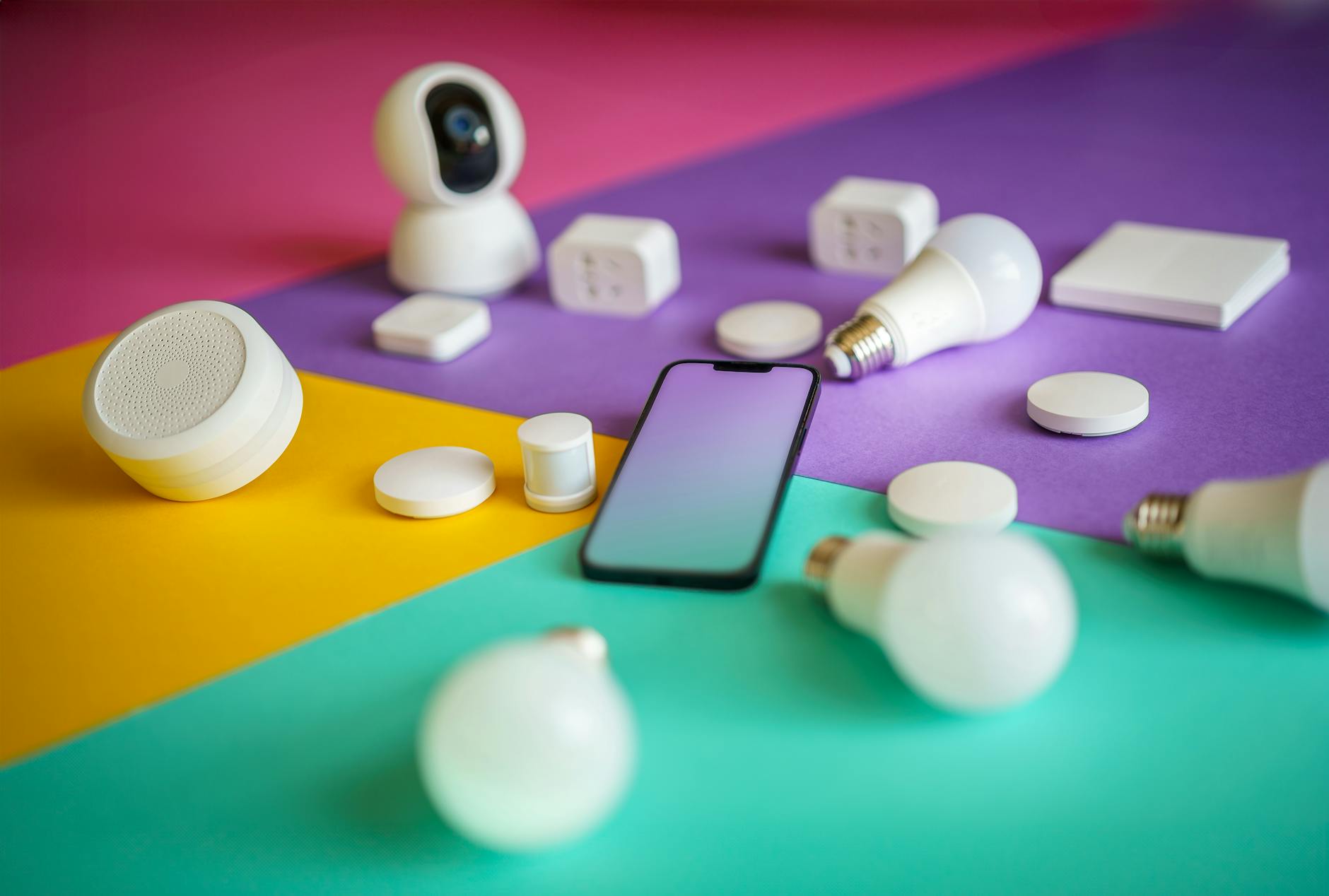In today’s digital age, smart home devices have become an integral part of our lives, offering convenience, efficiency, and connectivity like never before. From smart thermostats and security cameras to voice-controlled assistants, these devices have revolutionized the way we live in our homes. However, with this convenience comes the need to prioritize security and safeguard our personal data and privacy. In this article, we will explore essential tips to help you secure your smart home devices and protect your digital domain.
Understanding the Importance of Security in Smart Homes
Before delving into specific tips on securing your smart home devices, it’s crucial to understand the significance of prioritizing security in your connected home. Smart devices are vulnerable to cyber threats and hacking attempts, putting your personal information, home network, and even physical safety at risk. By taking proactive measures to enhance the security of your smart home ecosystem, you can mitigate these risks and enjoy a safer and more secure living environment.
Conduct a Security Audit of Your Smart Home Devices
The first step in securing your smart home is to conduct a comprehensive security audit of all your connected devices. Start by identifying all the smart devices in your home, including smart TVs, smart speakers, door locks, thermostats, and cameras. Check for software updates and security patches for each device and ensure that you are using strong, unique passwords for each device and account. Regularly review and update your device settings to enhance security and privacy.
Implement Strong Network Security Measures
Securing your smart home devices also involves strengthening your home network security. Ensure that your Wi-Fi network is secure by using a strong password and encryption protocol such as WPA2 or WPA3. Consider setting up a separate guest network for your smart devices to isolate them from your main network and prevent unauthorized access. Additionally, invest in a reliable firewall and antivirus software to protect your network from external threats.
Enable Two-Factor Authentication for Added Security
Two-factor authentication (2FA) adds an extra layer of security to your smart home devices and accounts, reducing the risk of unauthorized access. Enable 2FA wherever possible, especially for devices that store sensitive information or have remote access capabilities. By requiring a verification code in addition to a password, 2FA can thwart cyber attackers and keep your smart home secure.
Regularly Monitor and Update Your Devices
Keeping your smart home devices up to date is essential for staying protected against security vulnerabilities and exploits. Set up automatic updates wherever possible to ensure that your devices receive the latest security patches and bug fixes. Regularly check for firmware updates from the manufacturers and apply them promptly to safeguard your devices and data.
Secure Your Home Automation Systems
If you use home automation systems to control your smart devices, make sure to secure them effectively. Change default usernames and passwords, disable unnecessary features, and restrict access to authorized users only. Be cautious of third-party apps and integrations that could pose security risks and compromise your smart home security.
Conclusion
In conclusion, securing your smart home devices is a vital aspect of maintaining a safe and protected living environment in the digital age. By following the tips outlined in this article, you can fortify the security of your smart home ecosystem and safeguard your personal information and privacy. Stay proactive, stay informed, and stay secure to enjoy the countless benefits of smart home technology without compromising on safety.



